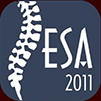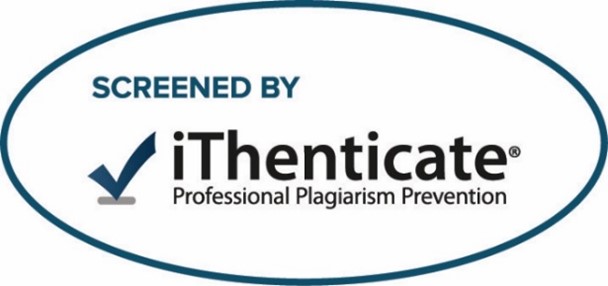Subject Area
Degenerative
Article Type
Original Study
Abstract
Background: Posterior short-segment fixation with pedicle screws has been utilized for the treatment of unstable thoracolumbar fractures to minimize the number of fixed levels. However, it has been associated with implant failure. The short same-segment fixation (including the fractured level) provides more biomechanical stability. Spinal fusion might be used to decrease implant failure. We conducted this study to compare the outcomes between fixation without fusion and fixation with fusion.
Methods: A retrospective study was conducted during the period between June 2016 and January 2021, including 43 patients with unstable traumatic thoracolumbar fractures. Patients were examined neurologically using the American Spinal Injury Association (ASIA) impairment score. Patients underwent posterior short-segment fixation, including the fractured vertebrae, with or without fusion. The outcome measures, back pain using VAS, local kyphotic angle (LKA), anterior vertebral height loss (AVHL), operative time, and blood loss were analyzed. Patients were divided into two groups: the nonfusion (Group I; n = 23) group and the fusion group (Group II; n = 20). All patients’ data and complications were recorded.
Results: No significant differences were found between the two groups regarding age, gender, fracture level, Thoracolumbar Injury Classification and Scoring System (TLICS), McCormack score, ASIA score, and hospital stay between the two groups (p > 0.05). At the last follow-up, the VAS score was 2.3 ± 1.6 in the nonfusion group and 2.4 ± 1.4 in the fusion group, with no statistically significant differences between the two groups. In the nonfusion group, the LKA was corrected from 20.11° preoperatively to 1.25° postoperatively and from 19.61° to 1.27° in the fusion group. Moreover, the preoperative AVHL improved from 53.67% to 16.61% postoperatively in the nonfusion group. Whereas, in the fusion group, it improved from 55.68% to 17.81% postoperatively. No statistically significant differences were observed between the two groups regarding the correction of LKA or AVHL. There were statistically significant differences between the two groups regarding operative time (p < 0.001) and blood loss (p < 0.05) in favor of Group I.
Conclusion: Posterior short same-segment fixation, with or without fusion, is efficient and safe in treating thoracolumbar fractures. Fixation without fusion has the advantage of avoiding graft donor-site complications and less operative time and blood loss. The addition of fusion may increase the strength and sustainability of fixation, although there were no considerable difference between the two groups. These findings need more randomized trials with longer-term follow-ups.
Keywords
Thoracolumbar fractures, Pedicle screw fixation, Posterior short same-segment fixation, Additional fusion
How to Cite This Article
ElAshmawy, Hany EA MD
(2024)
"Comparison of the Clinical and Radiological Results of Posterior Short-Segment Fixation Including the Fractured Vertebra Without Fusion Versus With Fusion in the Treatment of Unstable Thoracolumbar Fractures,"
Advanced Spine Journal: Vol. 43
:
Iss.
1
, Article 8.
Available at: https://doi.org/10.57055/2974-4822.1311




















